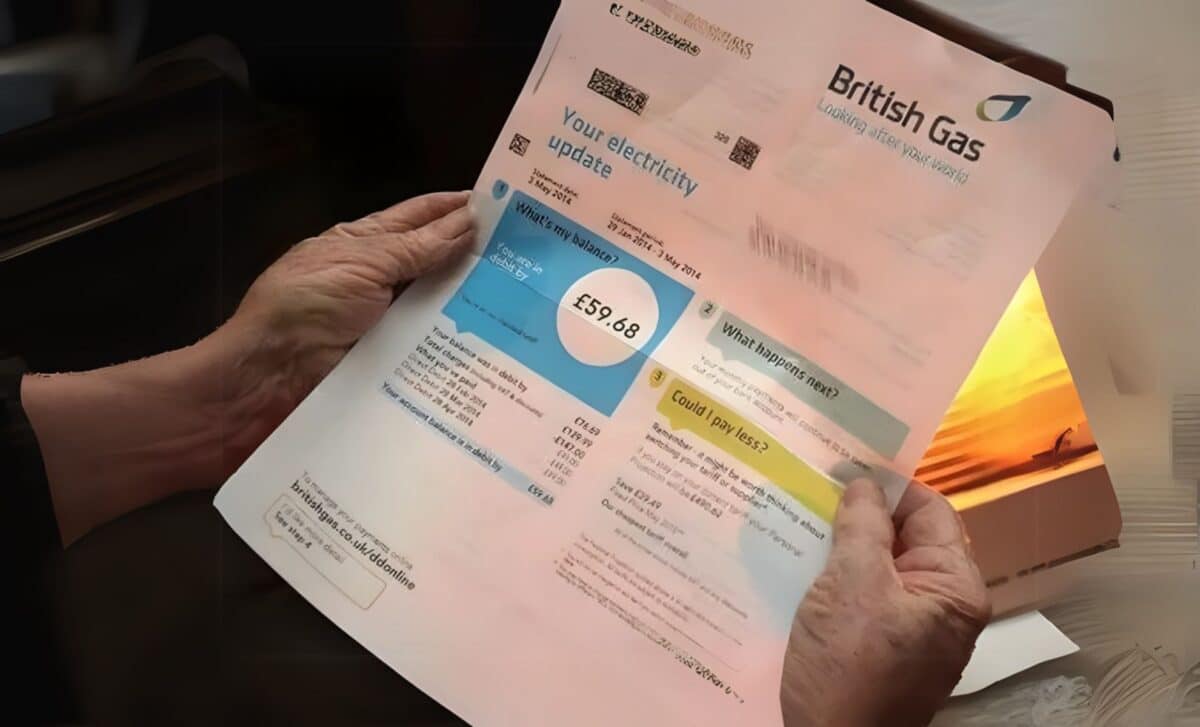Households across the UK are set to experience significant changes in their energy bills as Manchester Evening News reports that Ofgem is introducing new regulations in the coming year.
These adjustments include a potential increase in the energy price cap and a review of standing charges, both of which will impact customers depending on their energy consumption and supplier tariffs.
Energy Price Cap Adjustment Expected in February
The next major update will occur on 25 February 2025, when Ofgem is scheduled to announce the new energy price cap for the period from 1 April to 30 June 2025.
The price cap limits the maximum amount energy suppliers can charge per unit of electricity and gas for households on standard variable tariffs.
This regulation affects customers of major providers such as British Gas, OVO, EDF, and Octopus Energy.
Early forecasts from Cornwall Insight predict a 5% increase, equivalent to an £85 rise, which would bring the annual price cap to £1,823. If confirmed, this would be the third consecutive increase in the cap, following previous rises in 2024.
Although a rise is expected in April, Cornwall Insight anticipates that the cap could decrease during the summer, before increasing again in October 2025.
The price cap does not set a maximum bill amount, but instead controls the unit price of energy. The total cost for households will still depend on individual energy consumption.
Standing Charges Under Review
In addition to the energy price cap changes, Ofgem has launched a review of standing charges, which are fixed daily fees applied to energy bills regardless of actual usage. These charges contribute to maintaining the energy supply infrastructure and cover costs related to meter readings, network maintenance, and supplier administrative expenses.
Currently, the average household pays 61p per day for electricity and 32p per day for gas, leading to an annual standing charge of approximately £338. These charges have been criticised for affecting low-consumption households, as they must be paid even when minimal energy is used.
As part of the review, Ofgem is considering introducing a ‘low or no standing charge’ option that suppliers would be required to offer alongside standard tariffs. However, the regulator has clarified that it cannot eliminate these costs entirely.
Instead, if standing charges are reduced or removed, the associated costs would be shifted to the unit rate, meaning that households using more energy would see higher per-unit charges.
Changes Expected by Winter 2025/26
While the new price cap will take effect in April 2025, any adjustments to standing charges are expected to be implemented in winter 2025/26. Ofgem’s review will determine how these costs are redistributed across bills.
The impact of these changes will vary depending on household consumption patterns. Higher-standing-charge tariffs tend to benefit high-energy users, while a shift to higher unit rates may favour those with lower consumption.
Households are encouraged to review their energy bills and tariffs and assess whether switching to a fixed-rate plan or an alternative supplier would be beneficial in light of potential increases in energy costs.









